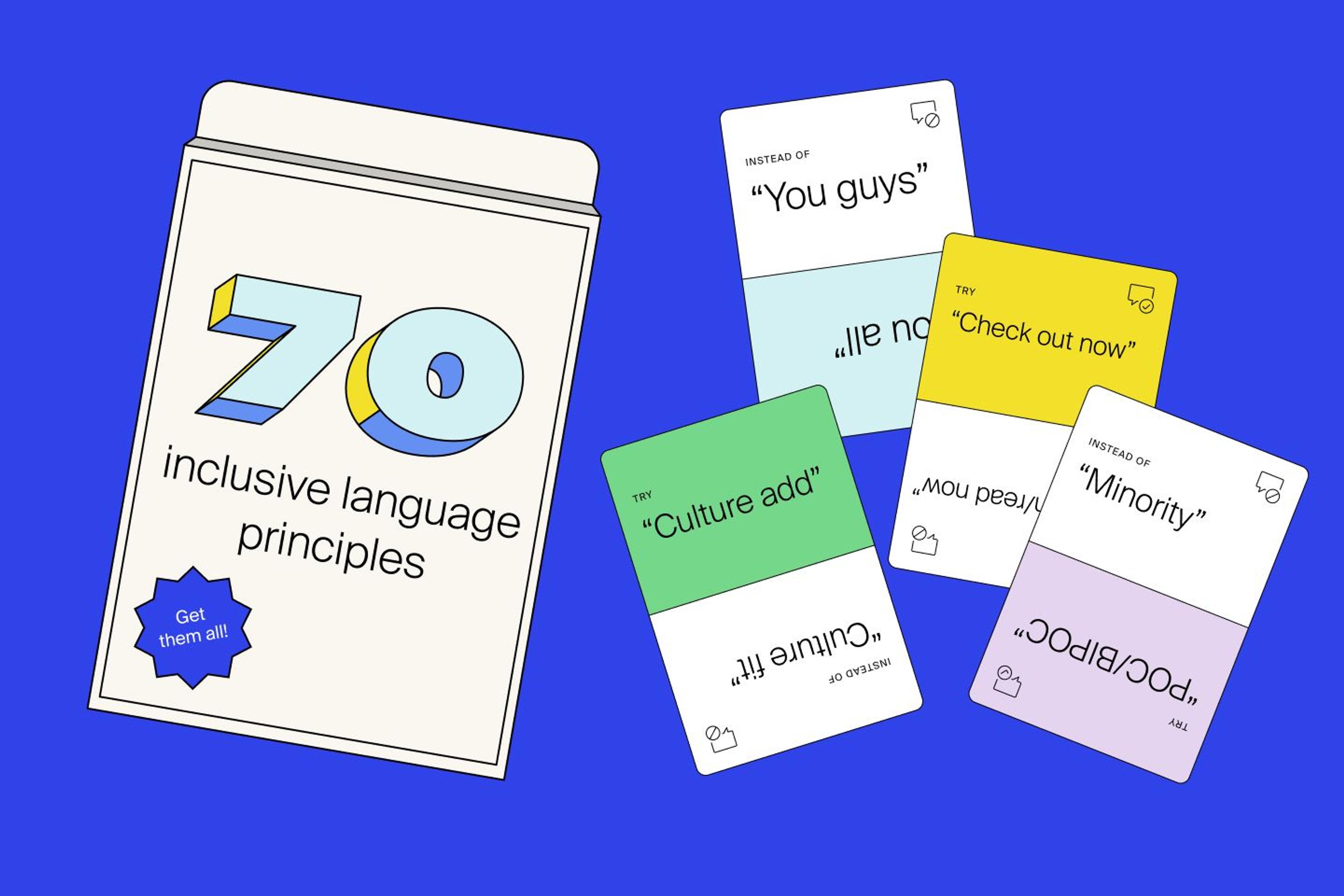A job description is often a candidate’s first impression of your organization—and one of your most impactful opportunities to stand out from the crowd. For job seekers with a college degree, 24% have been turned off by a job description’s tone. So how do you write a job description that resonates with the candidates you’re trying to reach?
Some of the things that students and recent grads look for in a job description include:
- What type of position is this?
- Will this role help me gain experience?
- What is the salary?
- What are the perks and benefits?
- Do I meet the qualifications?
- Where is the position located, or is it remote?
- Does this job require work authorization?
- What is this employer’s reputation?
- What are the employer’s values?
- What makes this employer and this job special?
From writing with inclusive language to highlighting the skills that can be learned on the job, use the following five tips to uplevel your job descriptions and attract Gen Z job seekers.
Best practices for writing job descriptions for early talent
1. Use a relevant job title
Consider how students might search for your role and treat potential job titles like keywords. Be literal—new job seekers want and need consistency. Ensure the title in the job description is the same everywhere you post and promote your role. For example, if you're hiring for a position your industry commonly refers to as a “Business Development Specialist,” but you label it “B2B Corporate Sales” elsewhere, you could miss out on potential pipeline.
Did you know? When a student saves your job on Handshake, they automatically receive updates and reminders. This increases the likelihood that a student will apply to your job. Students receive personalized job recommendation emails based on the preferences you input into your job.
2. Focus on skills, not experience
For your job description to resonate with early talent, you may need to rethink what’s required to be successful in your entry level roles. Most recent grads have less than 3 years of experience, so you don’t want to put in a job description that 5 years of experience is required.
Shift your focus from experience to coursework, skills, and certifications so that the job description is relevant to someone just starting out in their career. Highlight skills that a student can learn on the job to excite them about the opportunity to grow professionally. And use bullet points to help students and job seekers of all backgrounds easily identify what soft skills you’re looking for.
Product tip: Once you determine your criteria, use Search Students to find students that meet your ideal requirements. Or, you can also receive candidate recommendations based on your job preferences in the Matches tab of your job.
3. Write with inclusive language
As the most diverse generation yet, it’s no surprise that Gen Z uses diversity as a criteria for their evaluation of a job. In fact, more than 60% of Gen Zers indicated that they either always or usually research company leadership diversity, according to a Handshake Network Trends report.
Gen Z job seekers factor an employer’s core values and social responsibility into decisions about where to buy and where to work. Your job description should highlight your mission, your values, and your culture, and be written using inclusive language. Job descriptions are an important part of your overall DEI strategy, too. Making tweaks like replacing “talking” with “communicating” is more welcoming for an applicant with disabilities, and avoiding gendered words like “ninja” is more welcoming for women.

70 inclusive language principles that will make you a more successful recruiter
Words, terms, and phrases to use and to avoid in the workplace to be more inclusive.
Learn more4. Remove or loosen requirements
One way to show candidates that you understand their competing priorities is to be up front about the application process. GPA cut off, rigid application windows, and requiring additional documents can deter the best and brightest from pursuing an extensive application process. Gen Z is looking for an interview process that’s 2 weeks or less, so provide a thoughtful timeline that takes into account students’ school priorities and remote preferences, and requires fewer application steps. Build relationships with promising candidates so they feel they can connect with you for any support.
Also consider that men are more likely than women to reach out to employers about potential opportunities even if they don’t meet all requirements. And since certain majors can be gender imbalanced, you can expand your candidate pool by dropping a major requirement. Keep in mind that many students don’t yet know the variety of roles that their major can map to, and engaging with recruiters is part of that learning curve!
It’s important to make sure that your posts are meeting all applicable employment laws. For example, the US government prohibits employers from excluding eligible job applicants based on citizenship. On Handshake, all employers answer a uniform set of questions related to work authorization to ensure proper compliance. We encourage employers to educate themselves and stay current on all employment laws as well.
5. State compensation and benefits
Salary is the number one motivator for staying in a job for both women and men, and Gen Z is behind a growing movement toward salary transparency as a lever for equity. In addition to clear expectations for how much they can earn, Gen Z is looking for competitive differentiators like flexible work schedules, tuition assistance, and learning and professional development stipends. In fact, a Handshake Network Trends survey found that almost 50% of 2024 graduates say they’re more likely to apply to a company that provides employer-sponsored upskilling resources.
They also want to know about dress codes, paid time off, and other details that make sense to include in a job description for those newest to the working world. Showcase opportunities for building social connection and community, such as through ERGs or volunteering. As early career professionals explore where to live, how to start paying off student loans, and the type of culture they are drawn to, these are important details.
Product tip: Fill in the compensation, benefits, and perks fields of the job form on Handshake to provide valuable information and help your job stand out to students.
Reach the candidates you want with improved job descriptions
Writing engaging, inclusive, and clear job descriptions takes practice and patience—but the payoff is worth it. Once you evolve your job descriptions, you can better attract early career candidates excited to apply—and see a future with your employer.

What is skills-based hiring?
Learn the benefits of skills-based hiring, and how this approach can help you uncover skilled early talent and update your talent acquisition strategy starting…now.
Learn more